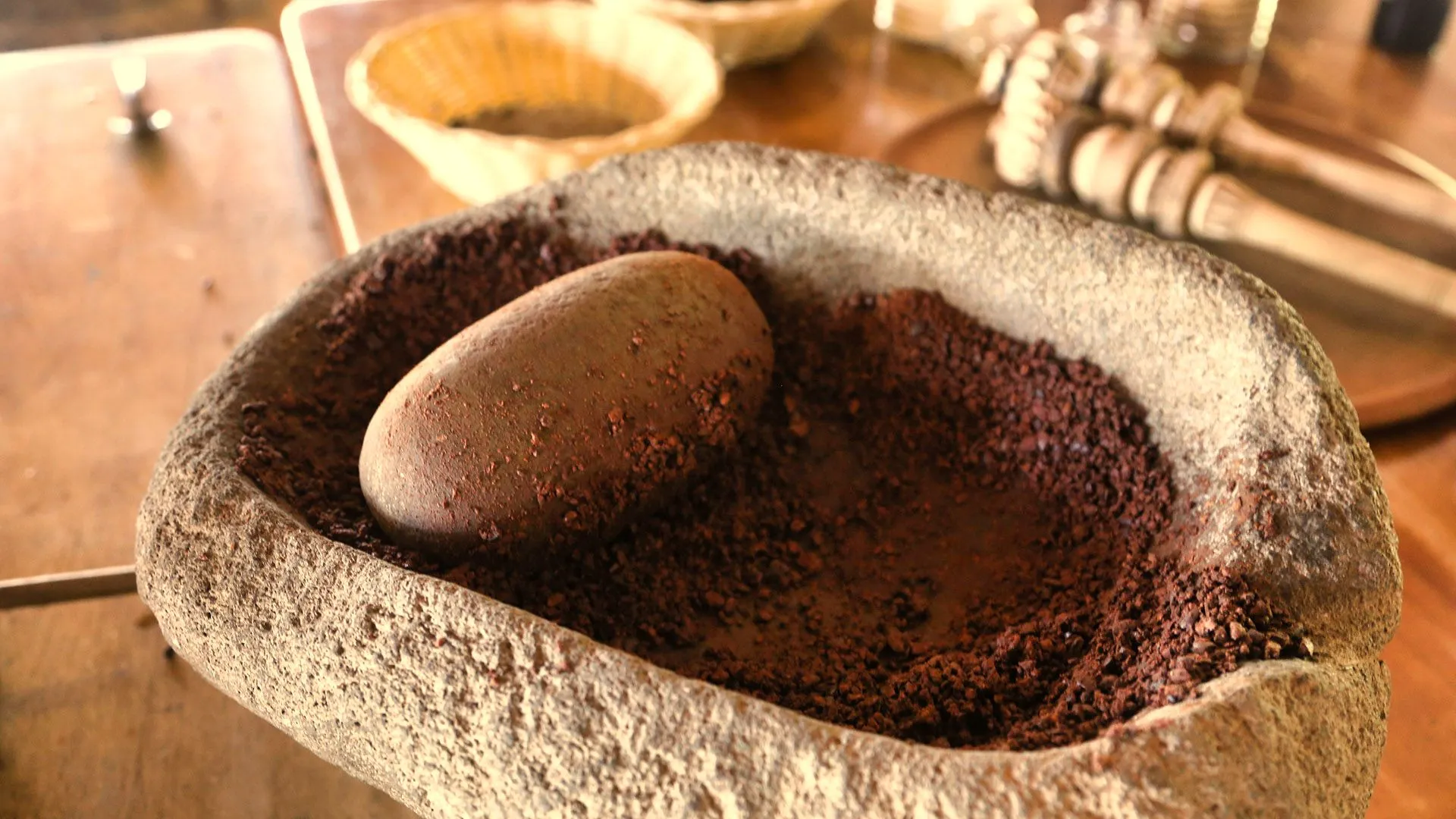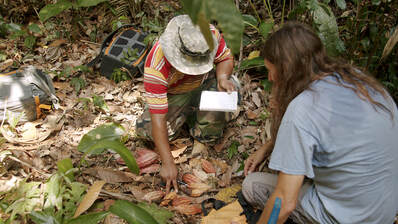The Definition of “Heirloom” Cacao? You Might Be Surprised!

Oh, the taste of heirloom fruits and vegetables – and cacao. But what exactly qualifies it as “heirloom”?
Heirloom plants, both edible and non-edible (think flowers), have traditionally been varieties “handed down” from generation to generation.
Some varieties of heirloom food crops have been rediscovered after near extinction, others hovered below the radar because they weren’t commercially viable or their less-than-perfect appearance may turn people off.
But are they “heirlooms” because of their DNA or something else?
This came up in conversation during a webinar on heirloom cacao, sponsored by the Fine Chocolate Industry Association and the Heirloom Cacao Preservation Project (HCP).

Designating a Cacao Variety as “Heirloom”?
Turns out, genetics have nothing to do with designating a cacao variety as heirloom. With cacao trees, it’s all about the flavor of the bean. To be sure, HCP, a non-profit in collaboration with the US Department of Agriculture, is all about locating “genetically rare, diverse, and fine-flavor cacao”, and to that end, they now have 16 heirloom “designees”.
Here’s a capsule version of the process for determining heirloom status:
- A farmer – or a maker working with the farmer – submits beans for consideration.
- Guittard, the family-owned chocolate company, performs a standardized roasting and processing of the submitted beans into liquor and chocolate.
- An international panel of tasters samples the end product and decides if heirloom designation is warranted – based on flavor alone.
- A supermajority of the panel of tasters has to agree.
Only after heirloom designation is given are the genetics analyzed. Heirloom cacao doesn’t necessarily mean the tree is a thoroughbred either. Indeed, most of their heirloom designees are not. Beans from heirloom cacao trees can have DNA from many species of cacao trees, and such trees may still be rare and only found in small quantities in particular regions. These rare varieties simply may have DNA from many species of cacao. Of course, that may very well be what gives them unique flavor characteristics.
HCP allows you to actually “adopt” a cacao tree. For an annual $180 donation (or $15/month), you’ll be given 3 bars of fine chocolate made from that particular heirloom cacao, along with a picture of the tree and periodic updates on the farm’s progress. I like that a full $100 goes directly to the farmers, but additionally, HCP buys the cacao for the bar from the farmer.
Adopting a cacao tree is currently only available for 3 heirloom designees, and crop sizes can be smaller than demand, so if you’re interested, it may be worth checking out. These bars are hard to find.
After I thought about it, designating “heirloom” status to a cacao bean based on taste does make sense. Probably every plant today has evolved over time, and at the end of the day, for both consumers and chocophiles alike, taste is a driver.
As for the term “heirloom” itself, other chocolate makers may refer to the cacao in their bars as heirloom, and legally there's no restriction there. HCP however, has established a specific definition for the term, with specific standards.
Featured image credit: original by windyschneider from Pixabay